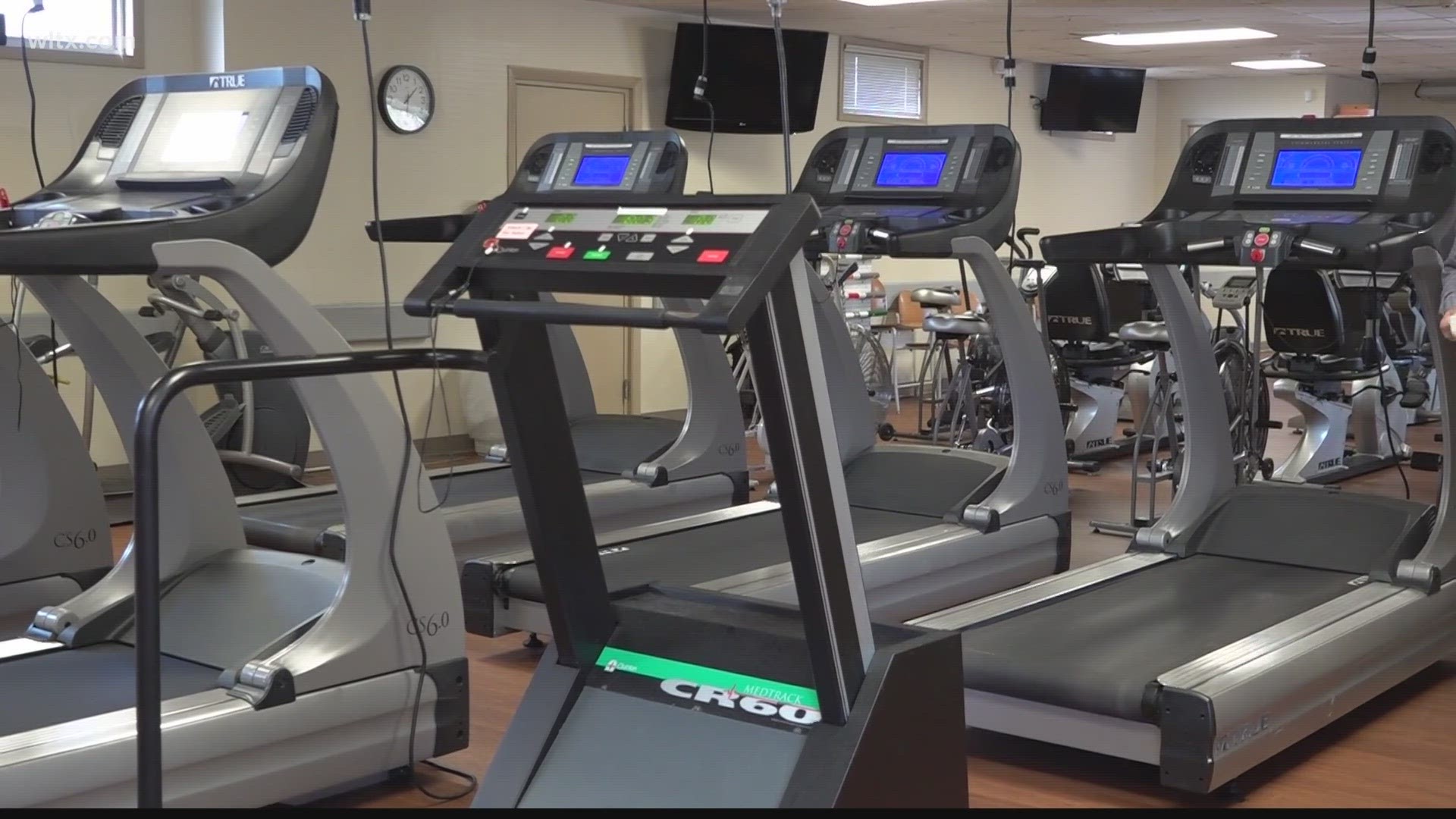WEST COLUMBIA, S.C. — Many of us look at computer screens all day long. The average person now spends seven hours a day on digital devices. Michelle L. Spittler, OD, an optometrist with Lexington Medical Eye Care Associates, offers some tips to keep your vision at its best.
Q. What is digital eye strain, and what are some symptoms?
Digital eye strain is a group of eye and vision problems that results from prolonged use of computers, tablets and smartphones. The most common symptoms people notice may be eye irritation and dryness, headache, or neck and shoulder pain.
Causes of digital eye strain include:
- Glasses not suited for use on a computer or other screen
- Uncorrected vision problems like astigmatism
- Glare from the overhead lights on the screen
- Not sitting at the correct working distance from your computer
- Poor posture at your desk
The more hours a day you spend at a screen, the more symptoms you'll likely experience.
Q. What are some tips to avoid digital eye strain?
Properly setting up your desk is the easiest way to avoid eye strain. First, position your computer screen arm's length away. When sitting at your computer, you want your eyes to be at the top of the monitor so that you're looking down at the screen. That's the best angle for looking at your devices. Next, adjust the contrast on your screen to a comfortable level. Also, it's equally important to remember the same ergonomics when using a laptop instead of a desktop computer.
Not blinking enough makes our eyes dry and irritated. So remind yourself to blink throughout the day and be mindful that it can make a big difference.
Finally, adults and children should follow the 20/ 20/20 rule when using a digital device. Every 20 minutes, give your eyes a 20-second break and look 20 feet away. For example, look out the window or across the room, blink a few times, and then return to work.
Can spending a lot of time on digital devices harm children's eyes?
Studies show that children who spend a lot of time on devices and indoors have an increased risk of being nearsighted, so it is important to encourage children to limit screen time and go outside.
What are your thoughts about wearing readers when using a device?
Readers are certainly a convenient, inexpensive way to see better when reading. Some people do fine with them for a while, but they may not be the best choice in the long run.
Most people have some vision difference between their eyes, and over-the-counter readers don't compensate for that. Readers also are not effective if you have astigmatism.
It's best to have a comprehensive eye exam with your optometrist to measure your exact prescription to get a good pair of glasses with quality lenses. Adding coatings to the lenses can make a big difference in reducing eye strain on your devices.
How often should adults have an eye exam?
The best way to protect your vision and eye health is to have a yearly comprehensive eye exam. Your optometrist may notice issues you aren't even aware of, such as dry eyes, cataracts, glaucoma or macular degeneration. Also, your optometrist can evaluate how chronic conditions like diabetes or high blood pressure or impacting the eyes. So, even though you think your eyes are perfect and healthy, it's essential to have them checked by a professional.



